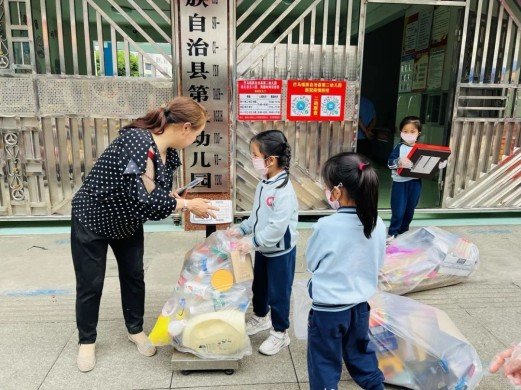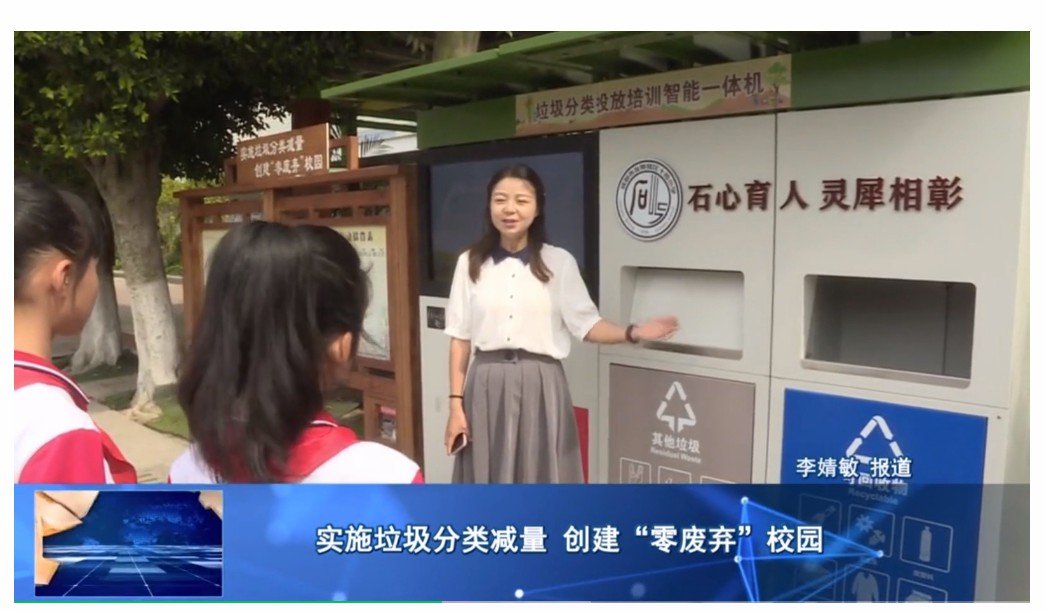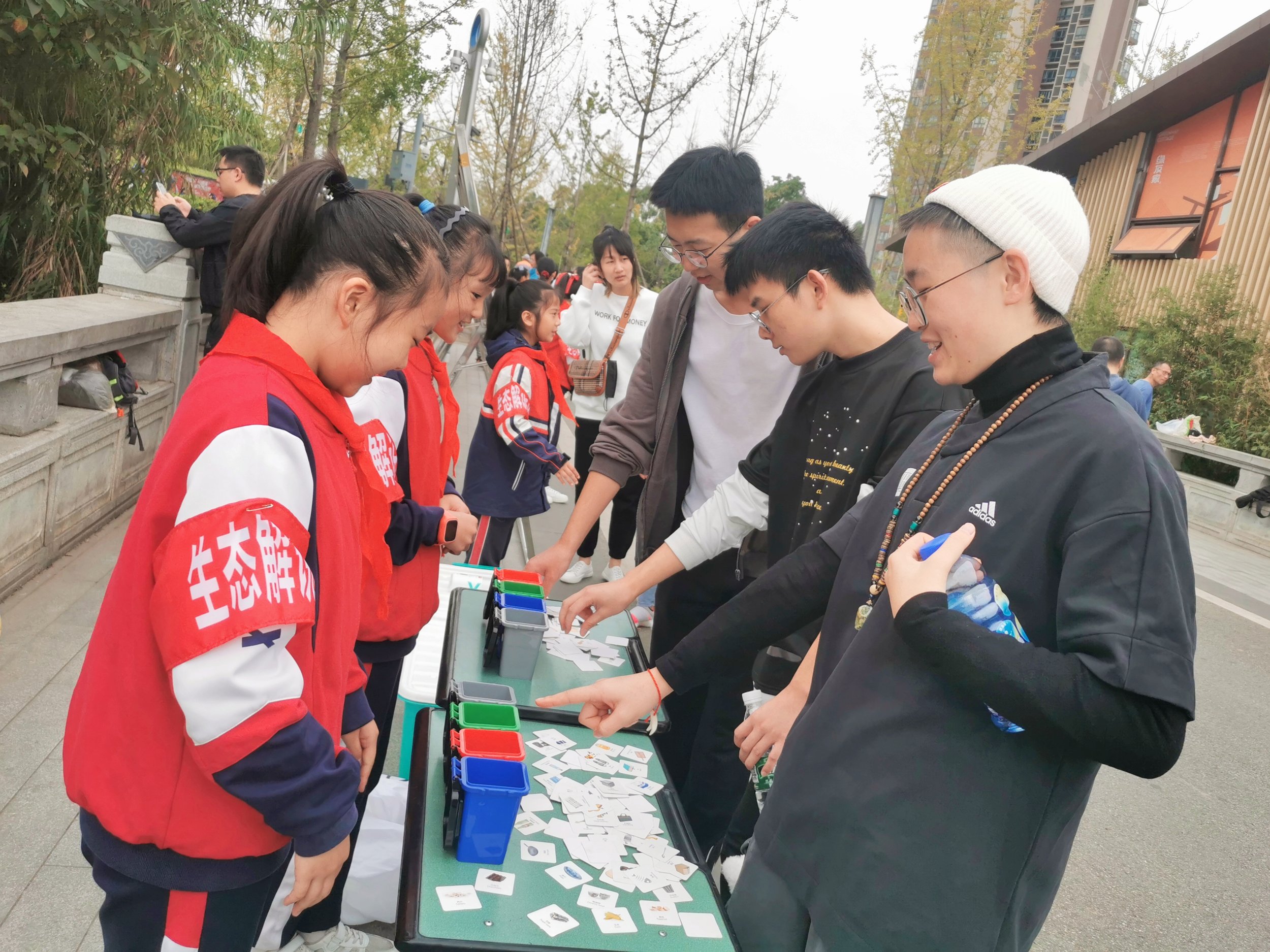The Litter Less Campaign reached an exceptional scale, with 302 schools engaging 166,853 students and training 966 teachers across 51 cities. The campaign’s messages extended well beyond school walls, reaching an estimated 1.6 million people through social and traditional media. Students submitted a remarkable 2,692 entries under the pollution theme, demonstrating wide-reaching participation and impact.
A key example of best practice came from Shiling Primary School, which implemented a holistic and innovative approach. Students participated in thematic events like World Earth Day, conducted site visits to local recycling plants, and learned ecological principles through workshops. The school launched a “Sky Farm Compost Station”, transforming kitchen waste into fertilizer, and held regular waste collection drives. During Community Action Day, students served as “Waste Sorting Ambassadors”, running interactive games and giving talks to engage local residents. These actions not only improved waste habits but also drew the attention of national experts, positioning the school as a model of environmental education.




In total, the campaign facilitated 268 local engagement activities and the involvement of 32 informal education groups, such as after-school clubs. Nationally, CEEC coordinated with education authorities and shared campaign content through official WeChat channels and media platforms, helping ensure full implementation across K–12 institutions. Initial contact was also made with Mars Wrigley representatives by phone. The campaign’s wide reach, curriculum integration, and community impact showcase China’s strong commitment to the Litter Less goals and to youth-driven environmental innovation.

